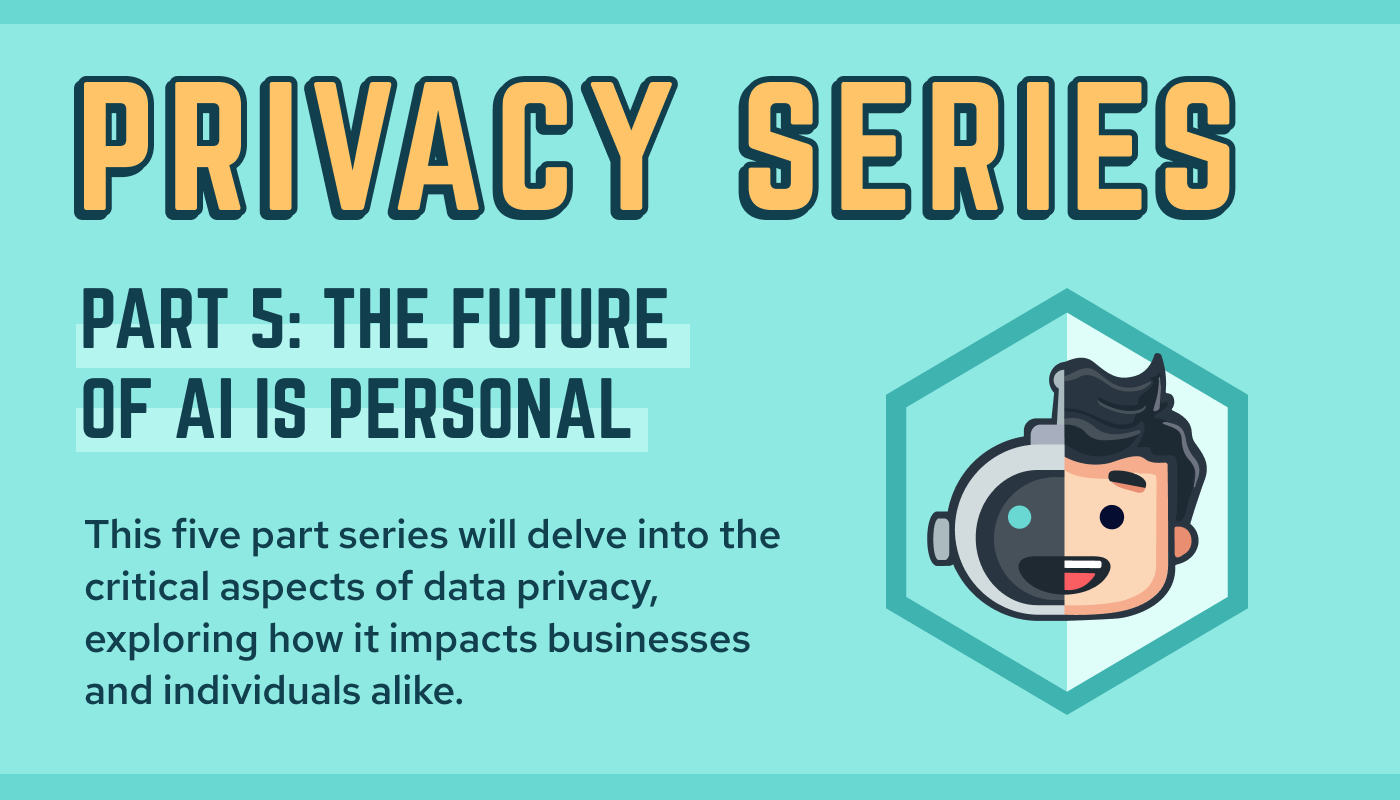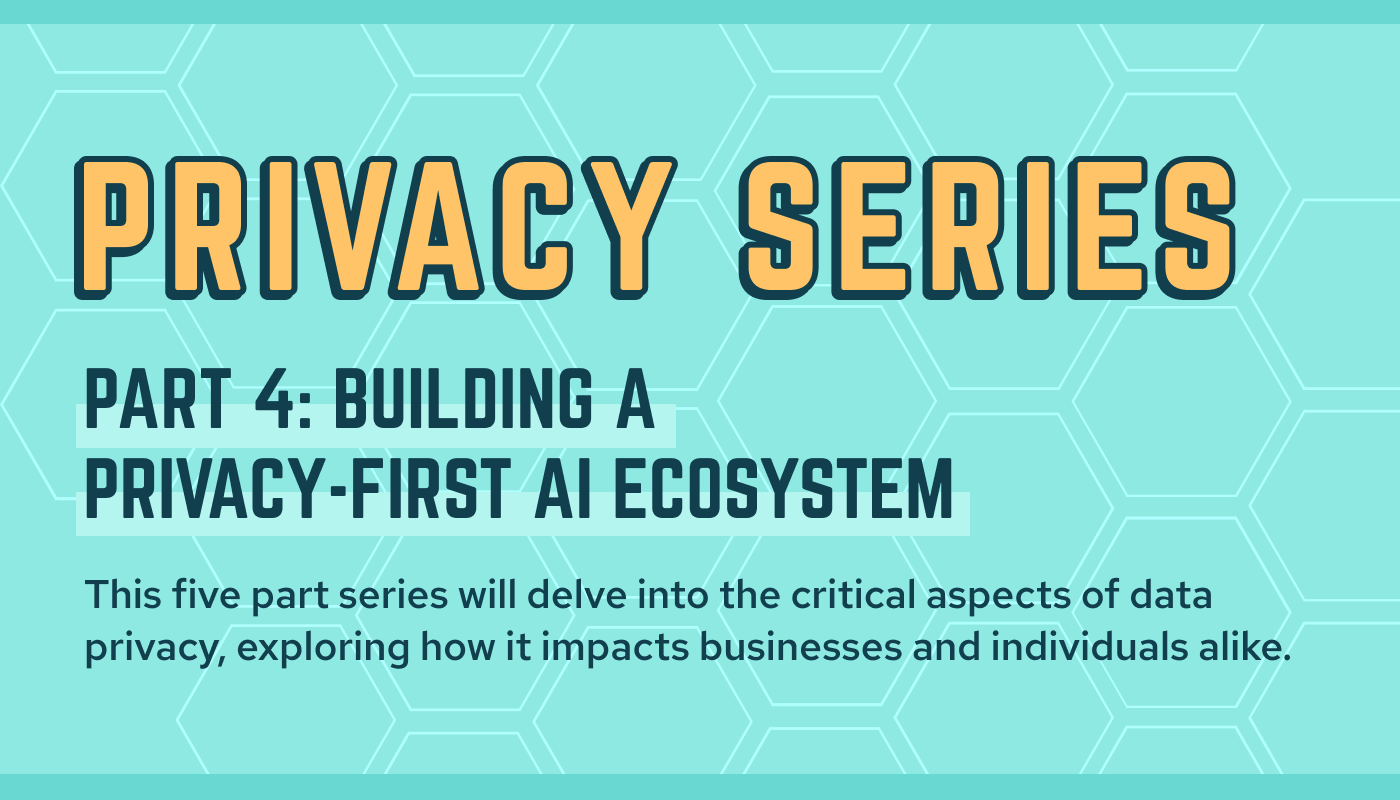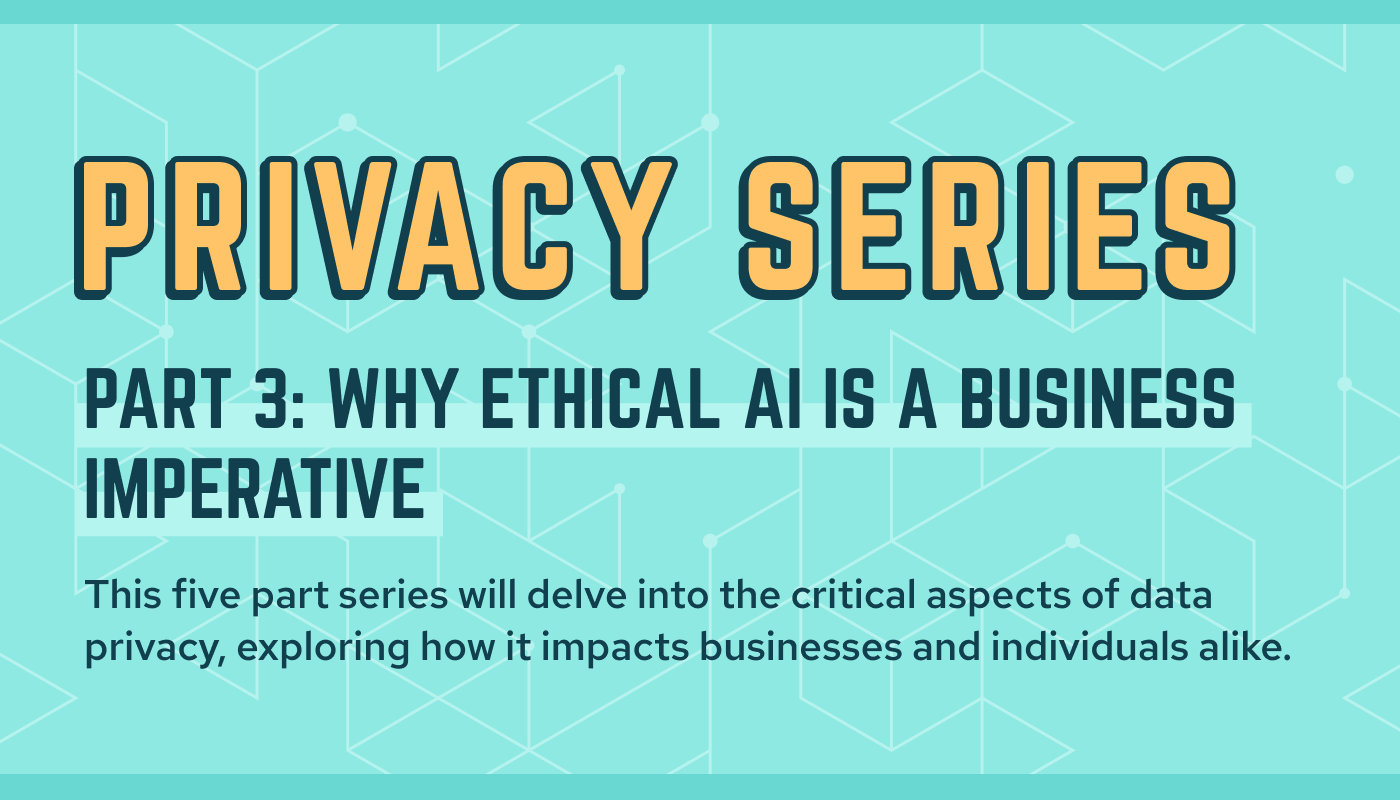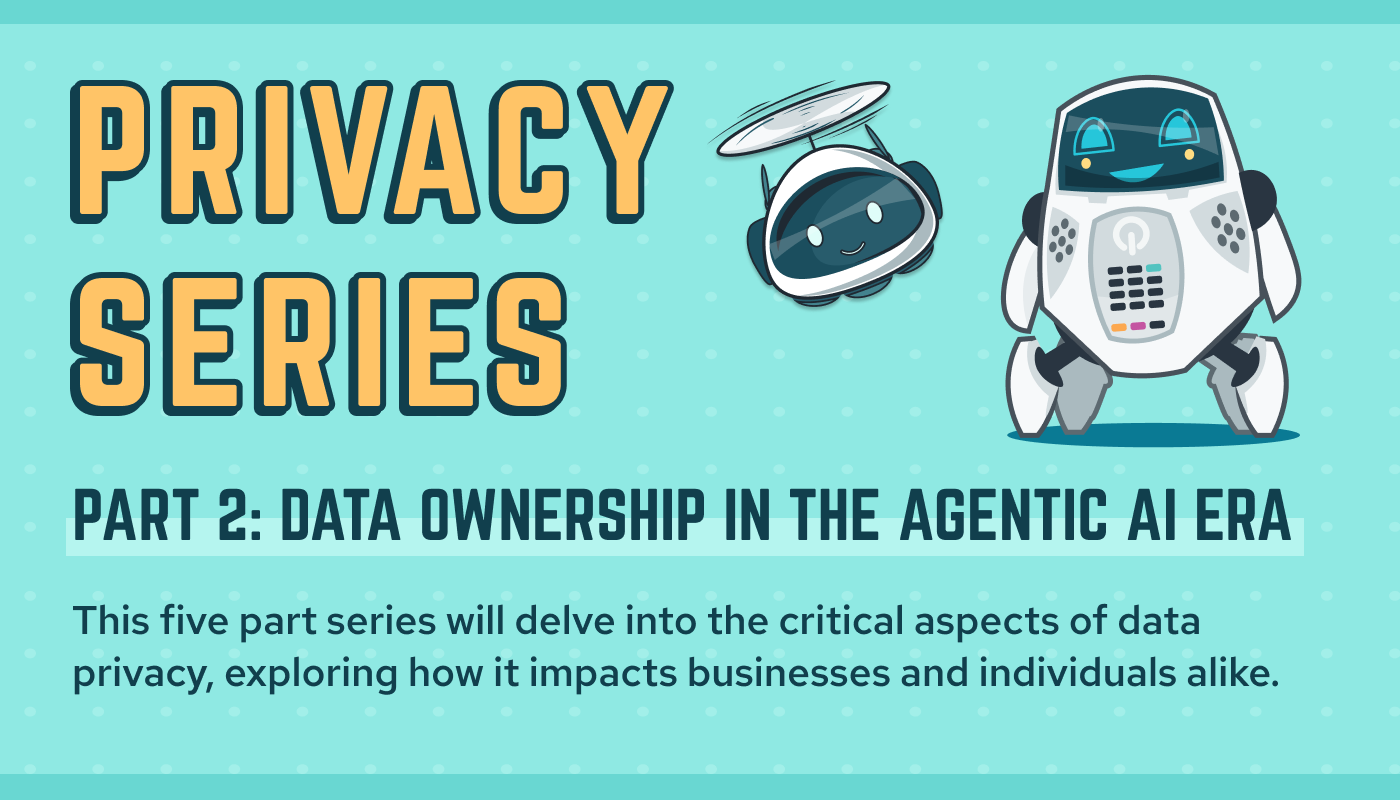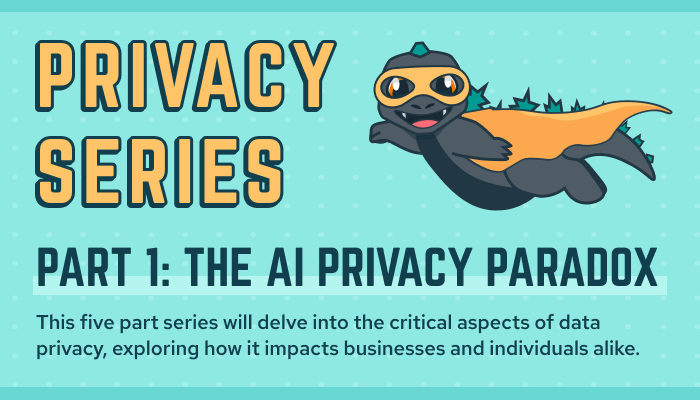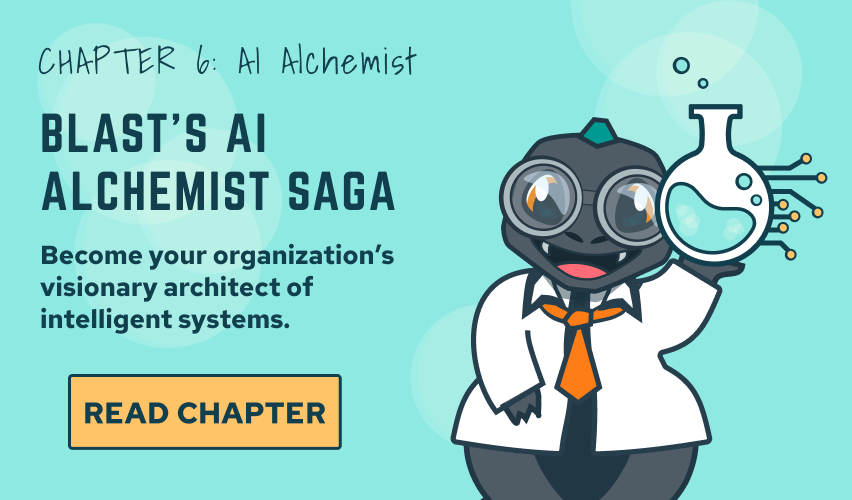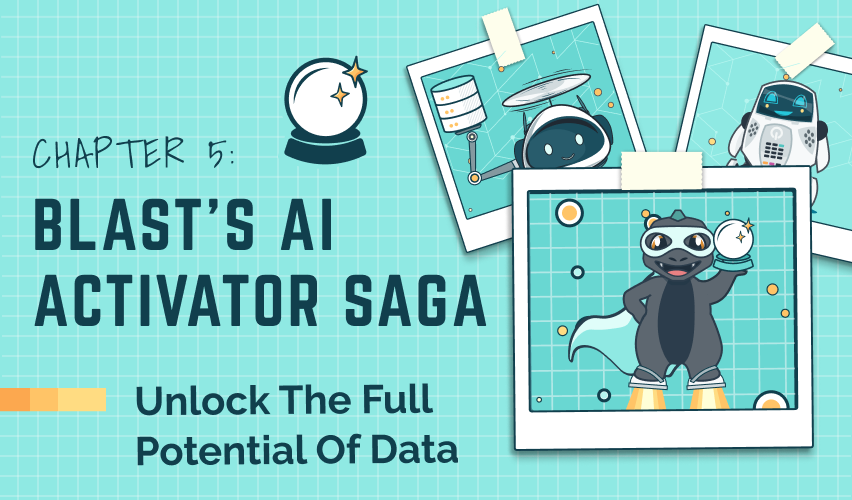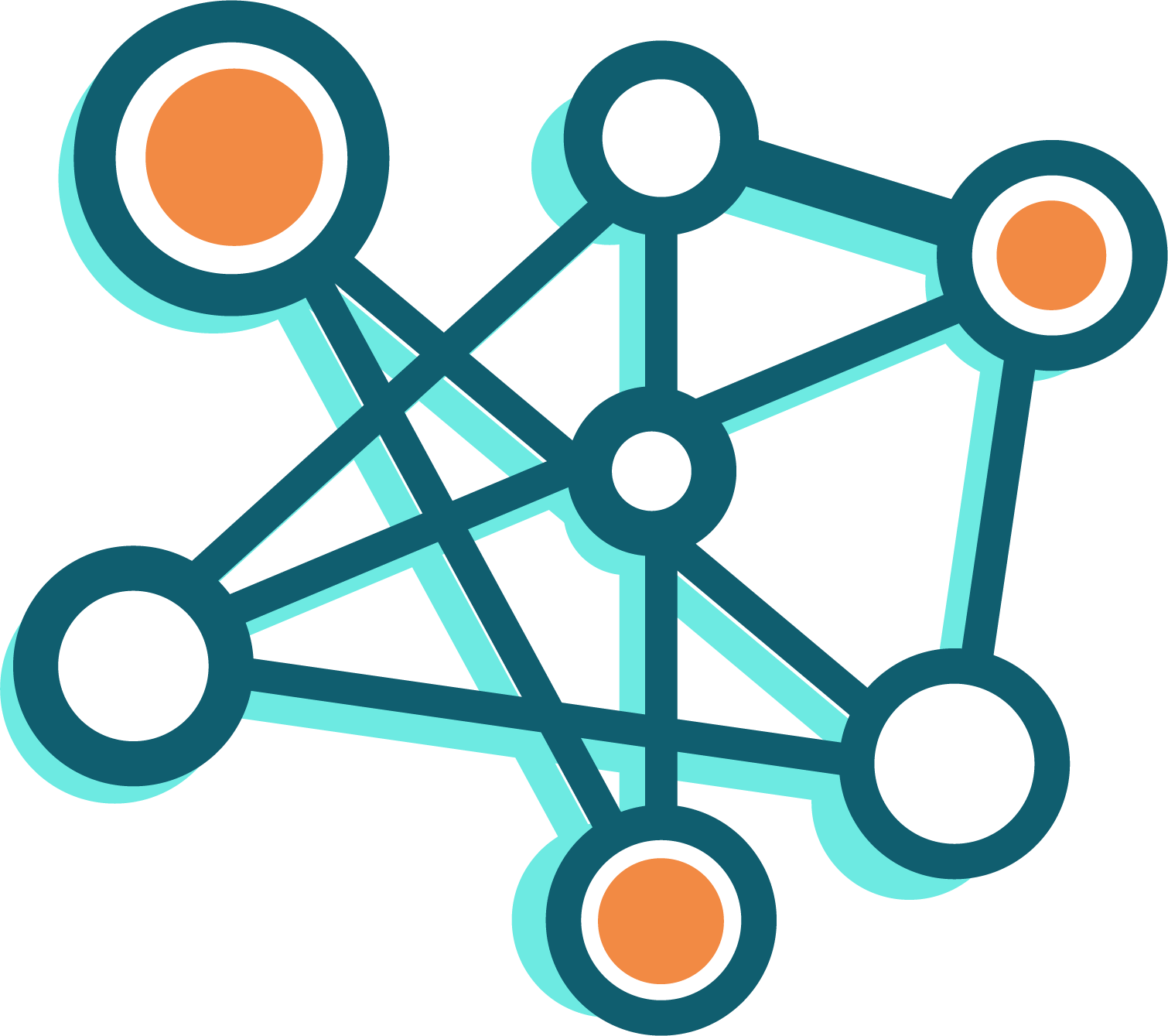
Knowledge Graphs:
Access, Manage, Share, and Derive
Insights From Data Like Never Before
– Frank Ricotta, CEO, BurstIQ
Web3 and knowledge graphs are coming
together to transform information management.
Many large technology companies now organize their customers’ data into knowledge graphs. Knowledge graphs store data as interconnected graphs representing entities (usually people) and the nature of their relationships to other people, places, and things. A good example is the relationship between a person and a product they purchased. They make it much easier to understand and interrogate very complex datasets.
Knowledge graphs have changed the way businesses understand and engage with people. In a Web2 world, knowledge graphs are owned and controlled by tech companies, which frequently use them to understand and influence people’s buying decisions. However, we are barreling towards a Web3 world in which regulations and consumer demand will shift personal data ownership from businesses to individuals. This shift will transform how people and companies engage with each other, and forward-looking companies are already moving to Web3-enabled knowledge graphs.
In this article, we delve into the transformative potential of Web3 knowledge graphs, which combine the power of graphs with privacy-enhancing technology (PET), blockchain, and other technologies to create decentralized knowledge graph networks that power engagement and intelligence systems while enforcing personal data ownership and privacy.
What is a Web3 Knowledge Graph?
Web3 knowledge graphs build upon the conventional notion of graph technology and infuse the principles of decentralization, trust, and interoperability offered by blockchain and Web3 technologies. Knowledge graphs are designed for distribution across a network of participants, with each participant contributing to and validating the data within the graph. Many different participants can own data within the knowledge graph, and each data owner determines data access based on their own consent and governance decisions. Blockchain ensures data immutability and auditability, which maintains the integrity of the data encompassed in the knowledge graph.
Web3 knowledge graphs, therefore, become a many-to-many data exchange and intelligence network where participants can control others’ access to their data, access data that has been permissioned to them, and explore the relationships between owned and permissioned data at mass scale without worrying about violating people’s data privacy rights.
Web3 Knowledge Graph Benefits
There are many benefits to using Web3 knowledge graphs for data management:
How Web3 Knowledge Graphs are Being Used Today
Not every data management use case benefits from Web3 knowledge graphs. For simple data management, a centralized database or data warehouse will likely work fine when a business manages data that isn’t subject to consumer privacy laws or when the company doesn’t need to use data owned by other people or businesses.
However, most companies are pursuing strategic partnerships that involve data sharing and require compliance with a mix of regulations governing how they manage different kinds of personal data. Additionally, most companies are either actively implementing or exploring intelligence systems (e.g., AI, ML) that need access to as much (high quality!) data as possible. In a Web3 world where people own and control their data, the most effective way organizations manage all these complexities is through a Web3 knowledge graph network.
What’s Next:
Web3 knowledge graphs create a paradigm shift in how organizations access, manage, share, and derive insights from data. By combining the power of graph technology with decentralization and blockchain principles, these powerful new knowledge graphs unlock new possibilities for collaborative data ecosystems and interoperable systems of structured intelligence. As companies prepare for a Web3 world, Web3 knowledge graphs will play a foundational role in evolving information management systems, engaging with customers, and driving value.
About BurstIQ:
BurstIQ’s LifeGraph is an advanced data management platform that enables secure, transparent, and efficient data management for businesses across various industries. By harnessing the power of blockchain technology, BurstIQ empowers organizations to quickly integrate data from any source so they can create a trustworthy business ecosystem. The platform applies knowledge graphs to make data more accessible and to deliver insights that optimize processes, reduce risk, and personalize customer solutions across their ecosystems. With a strong focus on innovation and customer-centricity, BurstIQ continues revolutionizing industries and setting new standards in enterprise blockchain-powered Web3 solutions.
